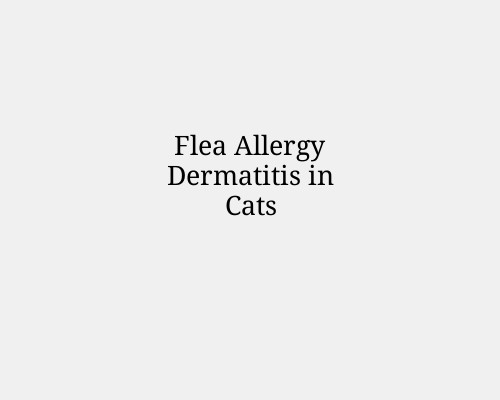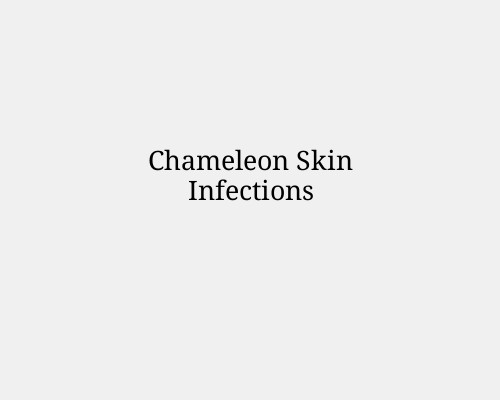How to Treat Hot Spots on Cats
How to Treat Hot Spots on Cats
Hot spots, also known as acute moist dermatitis, are painful, inflamed, and infected areas of skin that develop rapidly on cats. These lesions are often caused by excessive licking, scratching, or biting due to allergies, flea infestations, or skin irritations. If left untreated, hot spots can worsen, causing significant discomfort for your cat. Here’s how to effectively treat and prevent hot spots on cats.
Identify the Hot Spot
Hot spots are usually red, moist, and inflamed lesions that may ooze pus or have scabs. They commonly appear on the head, neck, or limbs. Signs to watch for include:
Constant licking or scratching
Hair loss around the affected area
Swelling and redness
A foul odor from the wound
Once you notice these symptoms, immediate treatment is necessary to prevent further infection.
Trim the Fur Around the Hot Spot
Carefully trim the fur around the affected area to allow air circulation and make cleaning easier. Use pet-safe clippers or blunt-end scissors, and be gentle to avoid irritating the skin further. If your cat resists, you may need the help of a veterinarian or groomer.
Clean the Affected Area
Clean the hot spot with mild antiseptic solutions such as:
Diluted chlorhexidine (antiseptic solution)
A pet-safe antibacterial soap
Sterile saline solution
Avoid using hydrogen peroxide or alcohol, as they can slow healing and cause irritation. After cleaning, gently pat the area dry with a soft cloth or paper towel.
Apply a Topical Treatment
Once the hot spot is clean, apply a pet-safe topical medication to reduce inflammation and prevent infection. Options include:
Veterinary-prescribed antibiotic or hydrocortisone sprays
Antibacterial ointments (without toxic ingredients like zinc or lidocaine)
Natural alternatives like diluted apple cider vinegar (use with caution, as it may sting) Ensure the product is labeled safe for cats, as some treatments meant for dogs can be harmful.
Prevent Licking and Scratching
To stop your cat from further irritating the hot spot:
Use an Elizabethan collar (E-collar) or a soft recovery collar.
Apply a protective wrap or shirt if the lesion is on the body.
Distract your cat with toys, treats, or interactive play.
Hot spots heal faster when they remain dry and untouched.
Address the Underlying Cause
Treating the hot spot alone won’t prevent it from recurring. Identify and eliminate the root cause, which may include:
Fleas and Parasites – Use a vet-approved flea treatment.
Allergies – Adjust your cat’s diet or environment to avoid allergens.
Stress or Anxiety – Provide a comfortable space, interactive play, and possibly calming pheromones.
Skin Infections – Some bacterial or fungal infections require prescription medications.
If hot spots continue to appear, consult your veterinarian for allergy testing or a deeper medical evaluation.
Monitor and Follow Up
Check the hot spot daily to ensure it is healing. If you notice:
Increased swelling, pus, or foul odor
Your cat becoming more lethargic
No improvement after a few days
Seek veterinary attention, as a secondary infection may require antibiotics or further medical treatment.
Preventing Future Hot Spots
To keep your cat’s skin healthy and prevent future hot spots:
Regular Grooming: Keep fur clean and tangle-free.
Flea Control: Use vet-approved flea prevention methods.
Balanced Diet: Provide high-quality food rich in omega-3 fatty acids for skin health.
Reduce Stress: Maintain a calm, enriched environment with hiding spots and playtime.
By addressing both treatment and prevention, you can ensure your cat stays comfortable and free from painful hot spots.







